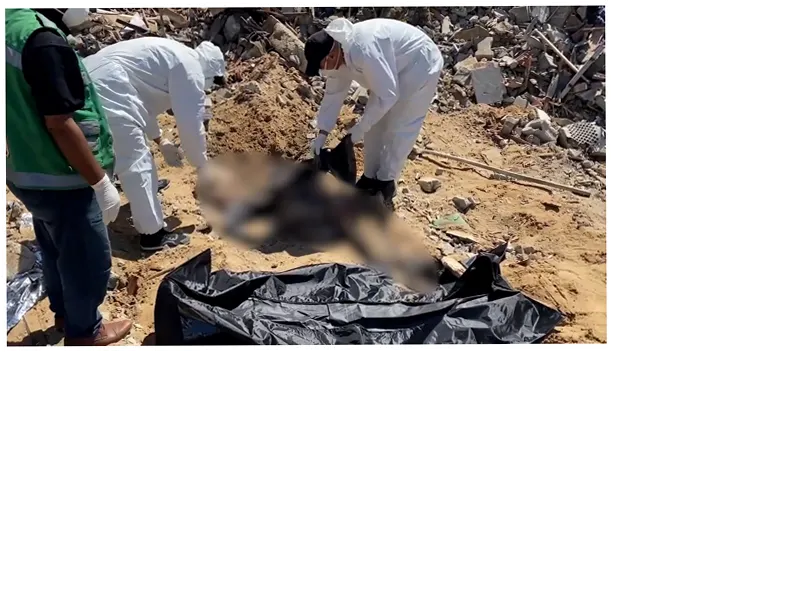A devastating landslide has hit the Enga province in Papua New Guinea, resulting in a substantial loss of life and property. Occurring around 3 a.m. local time on May 24th, the landslide buried multiple villages, leaving rescuers struggling to reach the affected areas due to the severe damage to the main roads.
According to sources, including the Australian public broadcaster ABC and the AFP news agency, the landslide buried at least 100 people, with fears that up to 300 could be trapped under the debris. Governor Peter Ipatas of Enga province stated that the disaster has led to a considerable loss of human life and extensive property damage. The rescue efforts are further complicated by the terrain's difficult accessibility.
The landslide's impact is also felt in the Porgera gold mine, one of the largest gold mines globally, which adds another layer of economic consequence to this natural disaster. Creating a broad scar on the mountainside, the disaster has left around 3,000 people homeless, destroyed livestock, vegetable gardens, and clean water sources, virtually dismantling the entire local ecosystem.
Elizabeth Laruma, a local women's association head, recounted the tragedy, noting how many were caught off guard while asleep as the earth and rocks enveloped the village. The rescue operations, comprising doctors, police, and military personnel, faced significant delays due to the impassable roads and extensive area affected.
Papua New Guinea, a tropical island north of Australia, continues to grapple with the rising frequency of landslides worldwide, exacerbated by climate change. Despite its rich reserves of oil, gas, and gold, a significant portion of the nation's ten million inhabitants live in extreme poverty, complicating rescue and recovery efforts further.
- Images captured by AFP showed the extensive destruction with locals desperately searching for survivors amid the mud and rocks. The country's disaster management agency is working in collaboration with local authorities, including Governor Peter Ipatas and national police, but the full extent of the number of victims remains unclear.
- The nation’s remote and often inaccessible terrain, combined with inadequate infrastructure, continues to hinder developmental advances such as water, electricity, and sanitation, making disaster response efforts even more challenging. Additionally, Papua New Guinea has one of the highest crime rates in the world, adding another layer of complexity to the general state of emergency service delivery.
- Previous incidents of violence and riots in the capital earlier this year have only highlighted the underlying social issues that plague the country. This latest natural disaster is a reminder of the urgent need for robust infrastructure and disaster preparedness in regions that are prone to such catastrophic events.






